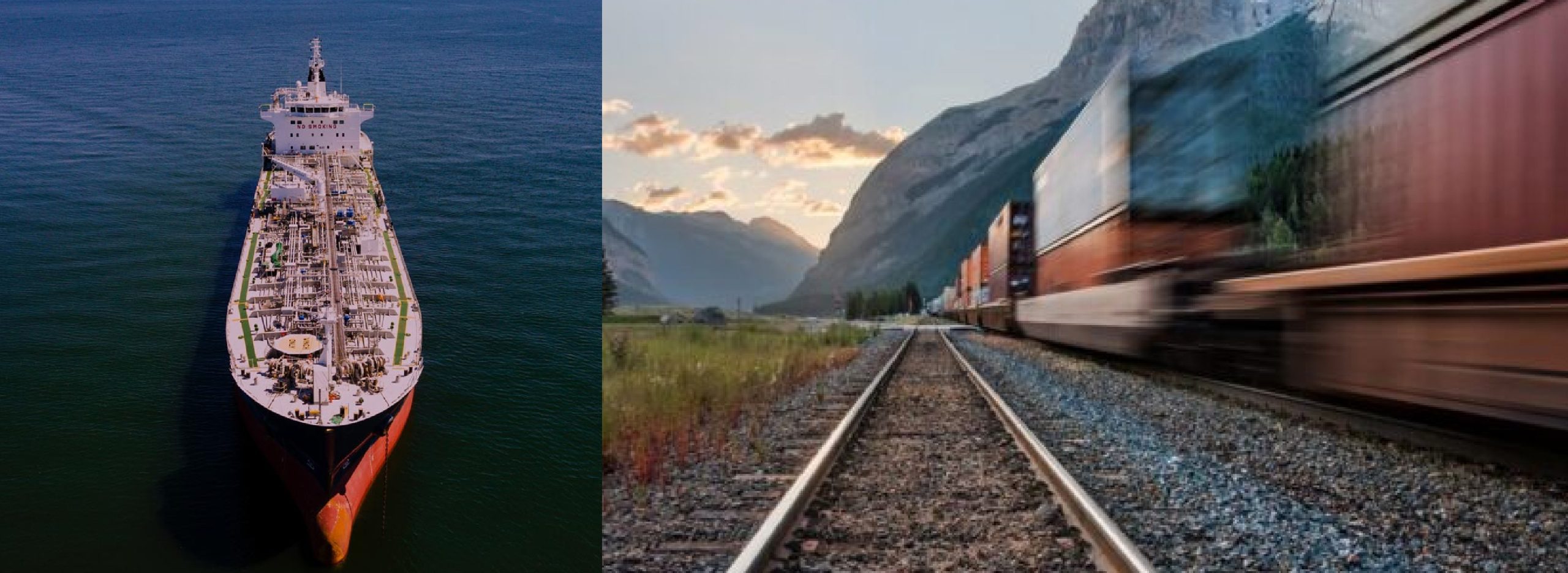Remember back in the early days of the pandemic when everything shut down? It felt strange to see the roads and highways empty while we all stayed home. Those early days of the pandemic were upsetting, and they are still affecting us today. One of the big reasons that lubricant supply is such a huge problem now is those early shutdowns.
COVID-19 pushed the lubricant industry to the brink
The shutdowns of early 2020 had a massive effect on the oil industry. Fuel and lubricant demand bottomed out, and prices dropped lower than they had in a long time. As a result, many companies cut production, reevaluated their profit margins, and cut back on spending to compensate for these losses. Two years later, demand is higher than ever, but those production cuts and shutdowns still affect the industry.
The lubricant industry is struggling to keep up with the demand
Since the shutdowns, supply chain issues in the lubricant world have continued. Now, base oil and additives shortages make it more difficult than ever for manufacturers. To offset these challenges, many manufacturers have implemented price increases. In 2021 alone, there were six different lubricant price increases in North America, which raised prices by 116%. In addition, Chevron announced a price increase of up to 25% effective March 28th, 2022, and Valvoline announced an 8% price increase on February 1st this year. As a result, finished lubricant products are more expensive than ever, and inventories remain low, especially for passenger car motor oil (PCMO), heavy-duty engine oil (HDEO), and gear oil. As a result, some products that customers have come to rely on are hard to come by, or stock levels consistently remain low, leading to delayed or even canceled shipments.
Railroad transportation issues could lead to more supply problems
Recently the Union Pacific Railroad (UP) announced that they were reducing the number of active railcars in their system because of increased congestion and service issues. In a letter to customers, the company said that it would begin metering traffic after April 18th of this year if customers don’t reduce their inventory. It also plans to remove 2-3% of its railcars until it can bring on more trains and employees. The Union Pacific’s action resulted from increased demand for freight shipping since the pandemic started. Shipping problems have arisen in nearly every industry. For example, it’s now common for container ships to wait 18 days or more in the port of Los Angeles before being unloaded. Before the pandemic, ships never had to wait. The trucking industry has also reported considerable increases in shipping levels amid a massive shortage of trained truck drivers. A recent estimate from the American Trucking Association found that the US industry is short nearly 80,000 truckers!
How will the Union Pacific’s actions affect the lubricant industry?
The Union Pacific Railroad (UP) problems are not uncommon, but they could severely affect the supply of lubricants and the supplies to make finished lubricant goods. One company, CF Industries Holdings Inc., a global manufacturer of hydrogen and nitrogen products, denounced UP’s actions. CF Industries makes nitrogen fertilizers for farmers and diesel exhaust fluid and is the most significant manufacturer of urea, and UAN products. Their Donaldson Complex facility in Louisiana is the largest single production facility for North American products. They primarily ship to their customers throughout the country using private railcars. The UP’s announcement will force the company to immediately reduce its shipments by 20%. Without the ability to ship its products quickly and safely, the company will inevitably face reduced shipping capacity and inventory issues, which will affect lubricant customers. CF Industries will not be the only company affected by the UP’s reductions. Other base oil, additives, and lubricant supplies will also feel the pinch and struggle with shipping delays.
We don’t yet know how exactly the UP’s reductions will affect pricing and supplies issues, but it’s expected that the shortages and price increases may continue. Hopefully, the problem will be short-lived, and things will start to improve. When the UP announced the reductions, they specified that they are currently training 450 new employees, adding 100 locomotives to their fleet, and relocating 80 crew members to high-demand areas. These changes take effect this summer, and the company is hopeful these steps will help relieve the problem.
When will things return to normal in the lubricant industry?
The lubricant industry challenges are large and complex and will not be easily solved. Despite some improvements in allocating base materials for lubricant manufacturing, shipping, supply, and price issues will plague customers for some time to come. The products still mainly affected by these issues are 15W-40 and 5W-40 heavy-duty engine oils and some synthetic passenger car motor oils, hydraulic fluids, way oil, synthetic gear oil, and grease. Unfortunately, many distributors face challenges communicating with lubricant manufacturers and suppliers about product availability. A recent article from Lubes’N’Greases highlighted the domino effect of poor communication plaguing the industry. For example, base oil suppliers struggle to get ahold of their supplies and fill orders for lubricant manufacturers. These manufacturers then face delays and inventory problems and may not clearly communicate product availability to distributors and suppliers. This confusion and lack of clear communication make a difficult situation that much harder.
We will always keep you informed!
As a fuel and lubricants supplier, we will do our best to keep you updated on the lubricant situation and how we are handling it, even if we are struggling to get the information ourselves! We know that your business depends on fuel and lubricant supplies. Our team at Greg’s Petro is committed to helping you get the supplies you need or providing recommendations or alternative solutions if required. If you have questions about your fuel or lubricant needs, talk to your Greg’s Petro representative, and let’s see what we can do for you.
